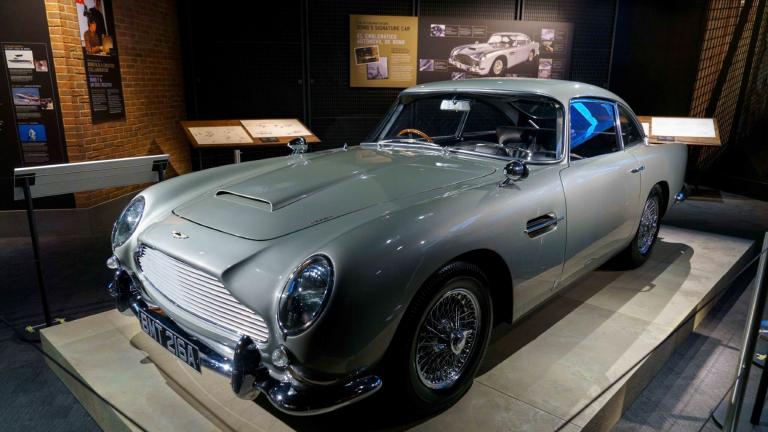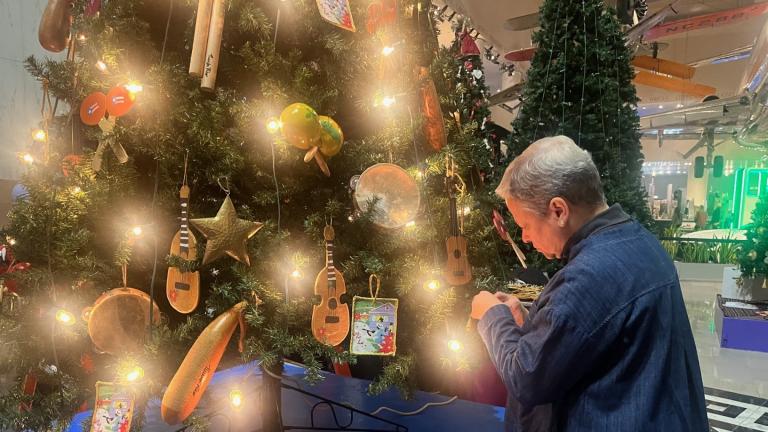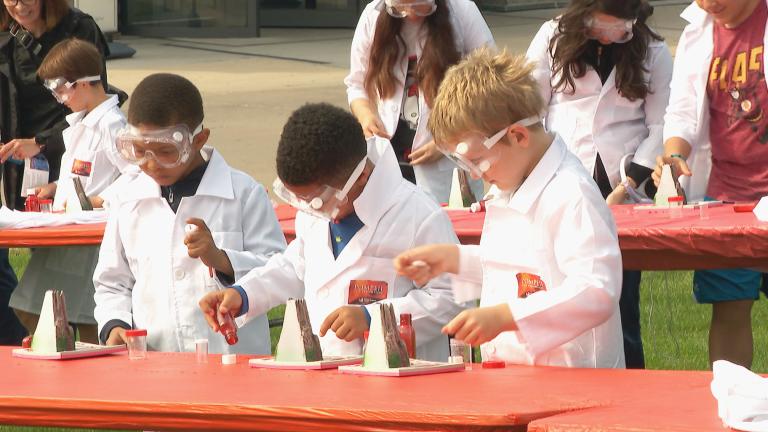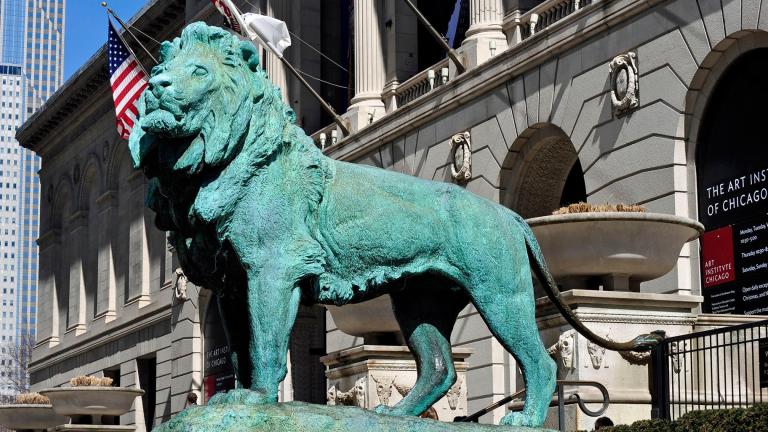They say seeing is believing — and that’s especially true when it comes to model making. Material models can make complex ideas easier to understand, help prove concepts, and even make history come to life.
As Model Builders Inc.’s Jeff Harris puts it: “you’re convincing the person that’s looking at it that it’s the real thing, shrunk.”
The business of Chicago-based Model Builders Inc. is in the details – precision-crafting models and prototypes of all kinds since 1950. As a teenager, MBI founder Bill Chaffee crafted prizewinning aircraft models. At age 21, his original design for a balsa wood glider sold thousands.
After stints working for industrial giants like Chrysler and General Motors, Chaffee hung out his own shingle and soon developed a reputation for his precision work creating all manner of models – including items for one of Chicago’s most famous idea men.
“Ron Popeil, we did over 10 projects for him,” said Bill Chaffee’s son Henry “Hal” Chaffee. “We made the prototype for the Pocket Fisherman, which was their most popular product.”
Hal and his siblings, Clark Chaffee and Ellen Chaffee, say their father’s boundless curiosity was integral to his business.
“I keep thinking of him as a renaissance man. His mind was never not trying to solve a problem in some creative way,” Ellen Chaffee said.
“He was intrigued by things and concepts and how to make things happen out of nothing – ’from idea to reality’ was his model,” Clark Chaffee said.
As children, all three Chaffees spent time in the shop with their dad.
“In those days girls didn’t do that, and at some point I thought I would have been an engineer in a different time,” said Ellen Chaffee. “I loved hanging out at the shop, the smells and the mysteries and the things in progress.”
“The rules were, don’t turn anything on,” Clark Chaffee said. “Hammers and nails and whatever you can find, that’s fine, but don’t turn anything on.”
Clark also spent summers as a teenager building one of his father’s inventions, the Hearphone, an individual listening device often used in museums.
Hal officially joined the business in 1982, and after Bill Chaffee died in 1994, MBI continued its work under Hal’s leadership. Attention-grabbing trade show displays like a 6-foot-long hot dog and an 11-foot-tall vodka bottle became a big part of their business -- but anything could happen, says Hal.
“There was a legal model – a guy had tripped on the stairs with railings that go down and so we made the front 10 feet of it so they could use it in their court case,” he said.
Your average person is most likely to encounter MBI’s work at places like the Museum of Science and Industry, where they did restoration work on the popular Great Train Story and Jollyball exhibits. In the ships gallery, MBI created a 1/24 scale model of the schooner Charlotte Ann based mostly on old photographs.
“It was a handsome schooner and it had kind of sleekness and narrowness and the drawings looked kind of dumpy,” MBI manager Jeff Harris said. “So I worked on getting first on that part of it and then we had to translate that into hull shape.”
Harris also credits Kadie and Matt Mashek with creating the detailed people and complex rigging on the Charlotte Ann model.
Museum of Science and Industry exhibit strategist John Llewellyn says those sorts of tiny details are critical to creating an immersive experience for viewers.
“The opportunity that museums have now is to show real objects that are tangible, that you can get around and see in three dimensions,” Llewellyn said. “We learned that a little bit more during the pandemic when we were closed down and we were more deprived of being able to go out and experience these things. So it just creates that much more value when you can go see real objects.”
Hal Chaffee is winding down Model Builders Inc.’s work in preparation for his own retirement. Looking back at the business their father began, the Chaffees say his legacy remains in the details.
“Just being able to get a sense of things in imaginable scale and then we can in our own brains kind of put it into perspective and how it really works in real life,” Clark said. “How many people come through here and look at the ships? It’s the enormous impact of seeing things you wouldn’t otherwise see in ways you wouldn’t otherwise see — what impact did that have on all of those people?”
Note: This story was updated on Jan. 4, 2023, to correct the spelling of a name.








